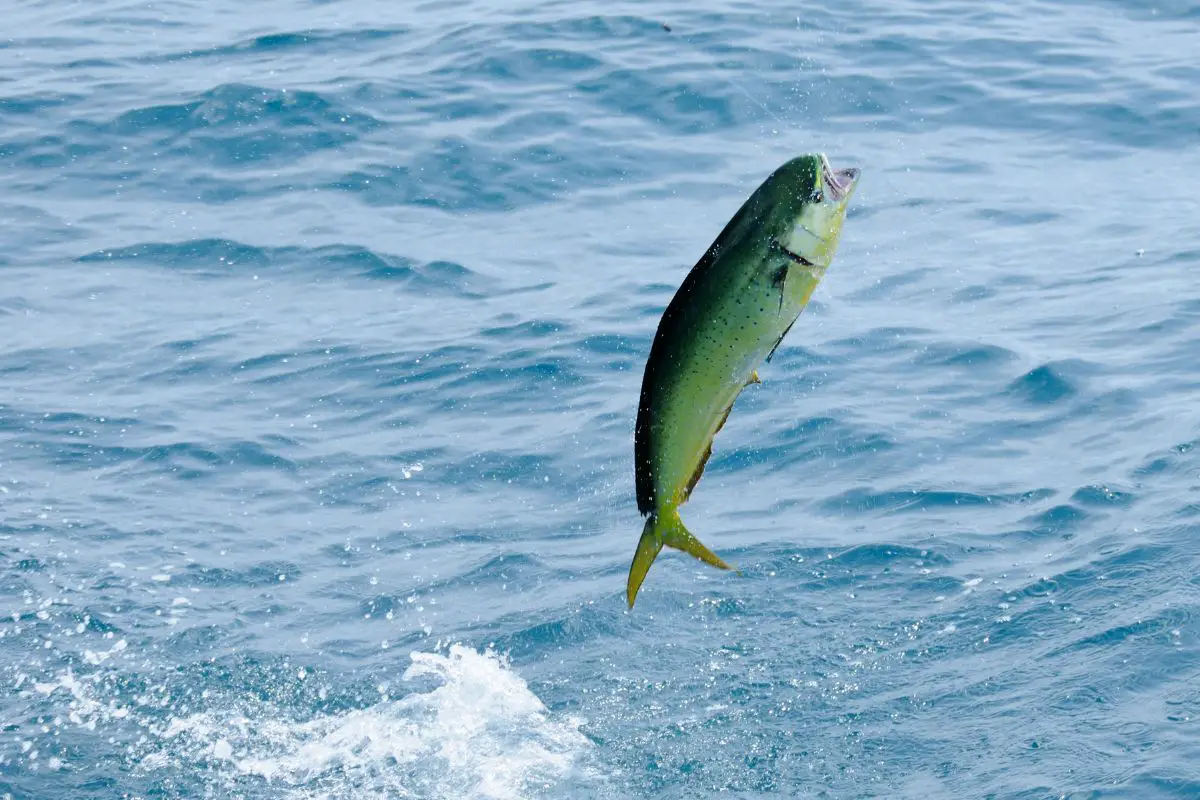
One of the most popular saltwater fish used for food and enjoyment in the ocean is Mahi Mahi. It is found in the Hawaiian Islands and Indonesian waters in most cases. They have also been spotted as far south as Central and South America, swimming just off the coast.
The Mahi Mahi takes on beautiful tropical colors, starting with a dark blue fin and then a golden underbelly. These fish are around 30 pounds and approximately three feet long at maturity. The average lifespan of this fish is approximately five years.
While they are a great fish to enjoy for food and also important to the ecosystem, other fish are similar living throughout the world.
1. Cod
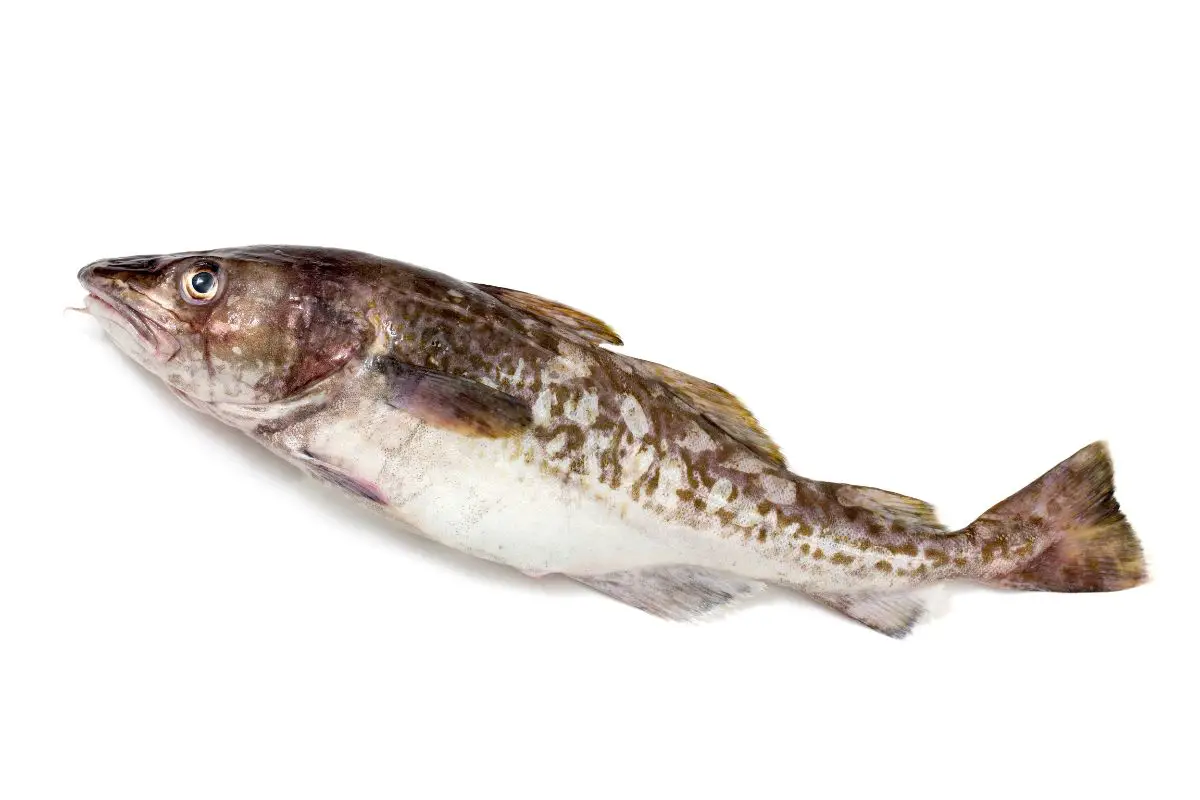
Like the Mahi Mahi, the Cod is another fish that feeds on smaller fish navigating through the ocean water. They also navigate the Pacific Ocean along with the Mahi Mahi. You will find them, however, in the Atlantic Ocean as well. They are not as bright, taking on a more gray and translucent color.
Another feature that the two do not share is the temperature of the water they are swimming in. While the Mahi prefers warmer temperatures, the Cod likes colder seas, navigating much higher. These fish are farmed and caught to be sold around the country.
2. White Sea Bass
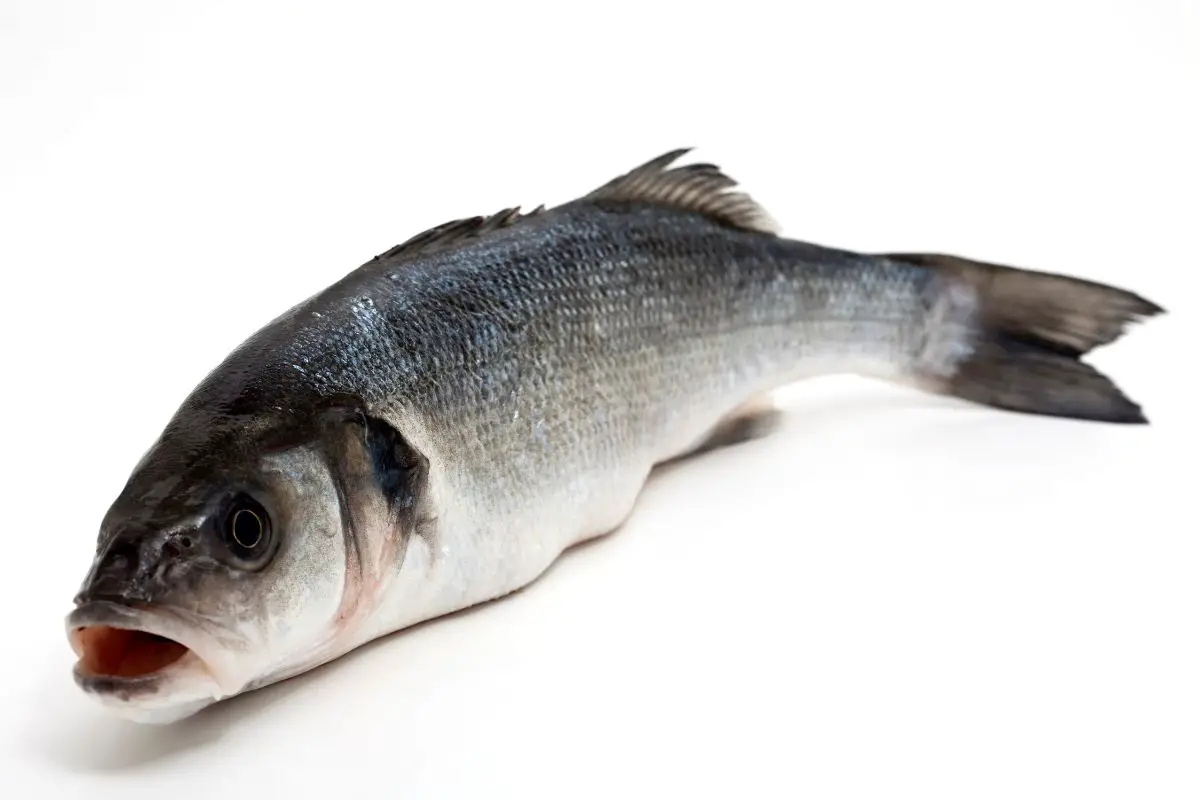
The White Sea Bass is another ocean fish similar to Mahi Mahi, found primarily in the Pacific Ocean. Both of these have some blue scales and blue fins. However, where the Mahi blends down into gold, the white sea bass blends into a gray color.
These fish enjoy preying on smaller animals and vegetation in the ocean. While they can be found in the warmer waters of the Pacific Coast, you can find white sea bass as far north as Alaska.
3. Tuna
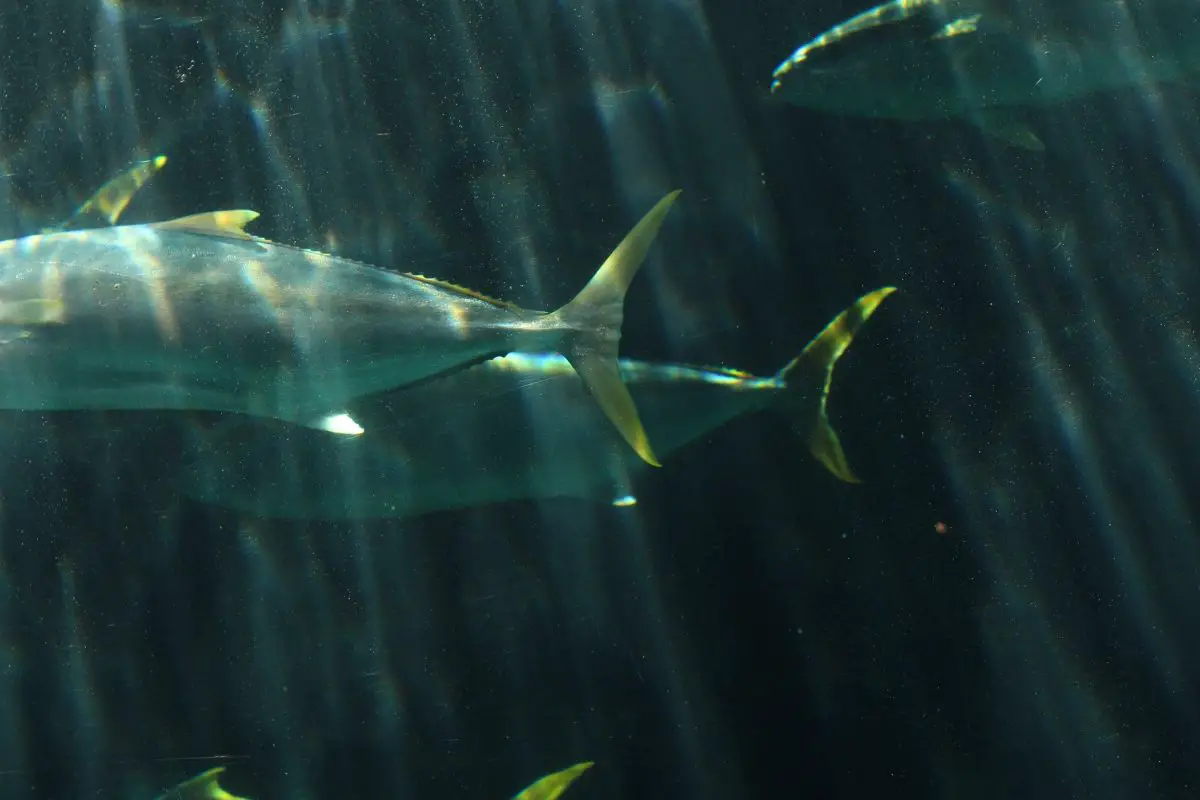
Farmed just like Mahi Mahi is the infamous tuna fish. There are at least eight different types of tuna fish, but it is essential to know this fish is one of the most information in farming and capturing for food. This is primarily for their size, much more than the Mahi Mahi.
A tuna can get over 500 lbs in one fish. This makes a lot of food a lot to store and more affordable. Fewer fish need to be caught on each trip.
4. Halibut
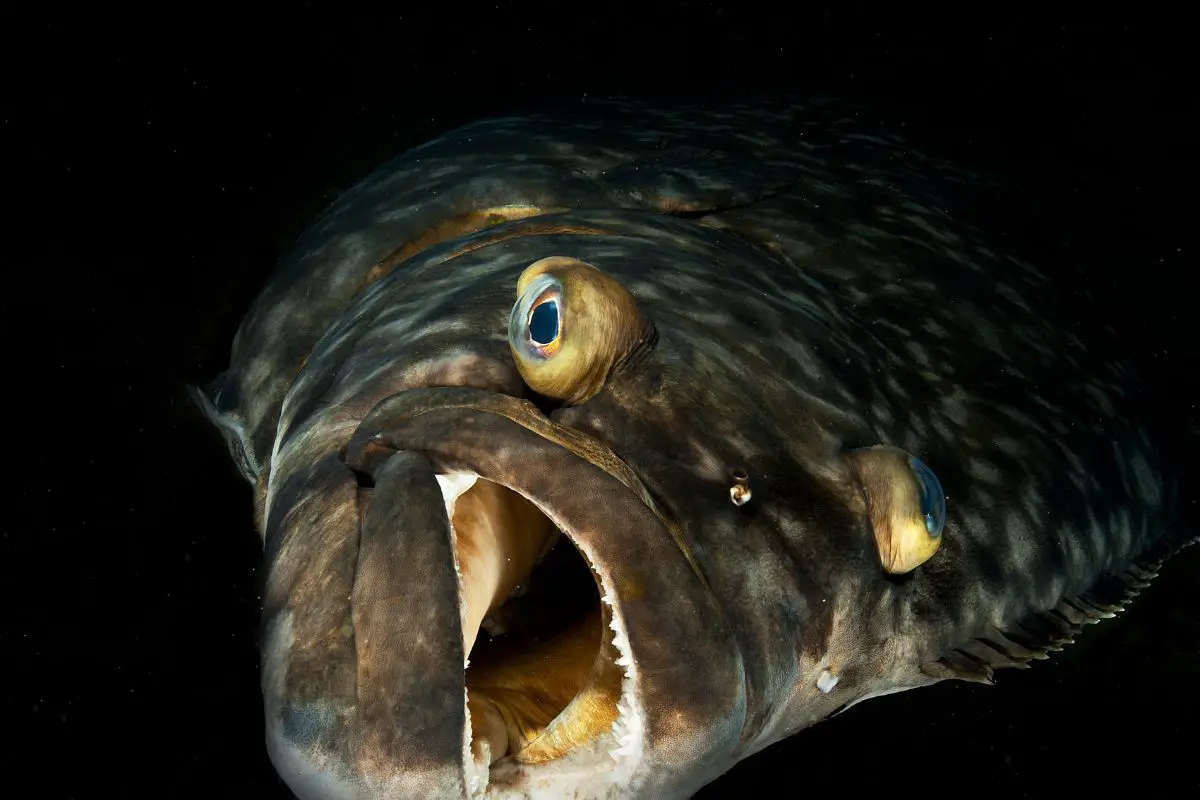
To look at the halibut, you will see a fish that looks physically different from the Mahi Mahi. The Halibut is one of the flat fish in the ocean, and both eyes are on the top of the head. One Halibut is found in the Atlantic Ocean and another in the Pacific.
They can live at least ten or more years, so they do not grow as rapidly as the Mahi Mahi. They grow a little slower than a lot of other fish. Both the Halibut and Mahi Mahi are considered great fish options for their proteins and health benefits.
5. Grouper
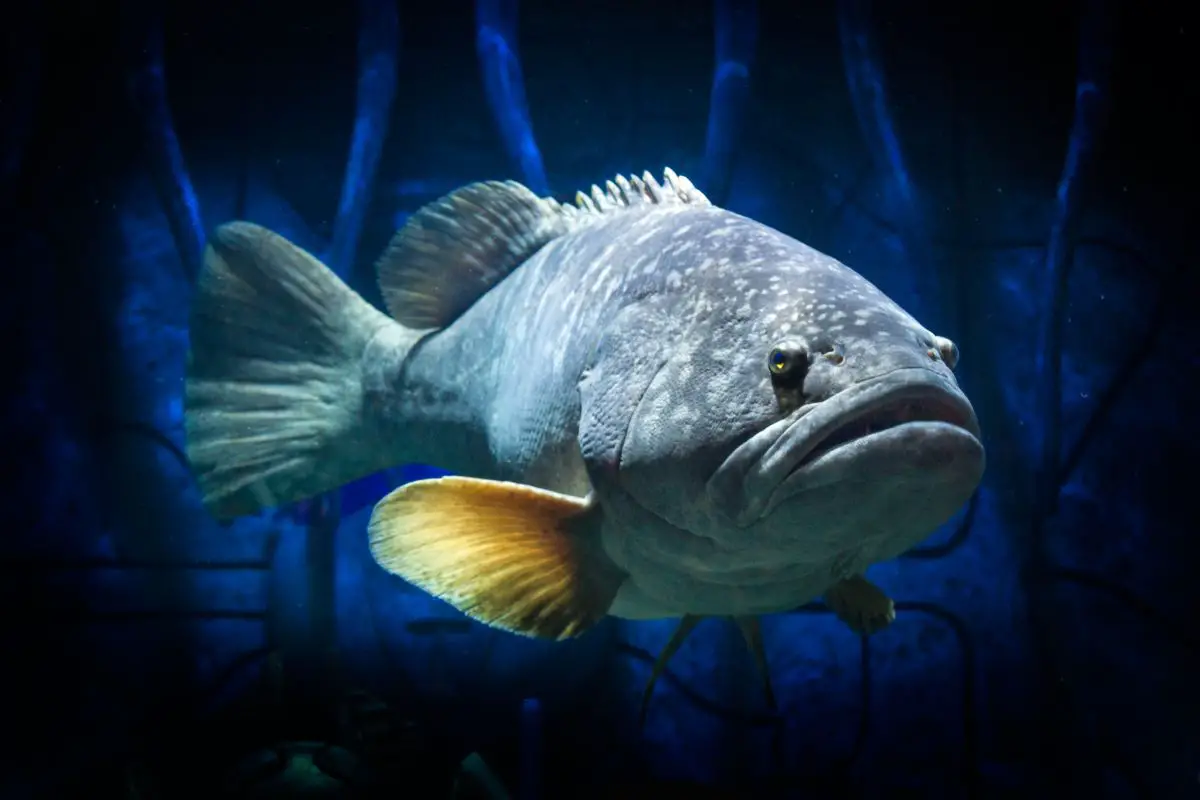
When you look at a Grouper and Mahi Mahi beside each other, you are met with two fish that look significantly different. The Mahi is slender and long, while the Grouper is stocky and has an attention-grabbing set of teeth. Because of their size and teeth, they can eat similar prey to Mahi and octopi.
Keep in mind that a mature grouper can weigh up to 800 pounds, most weighing around 600 on average. Groupers have a tendency to live for several decades, with some being as old as 37 years.
6. Tilapia
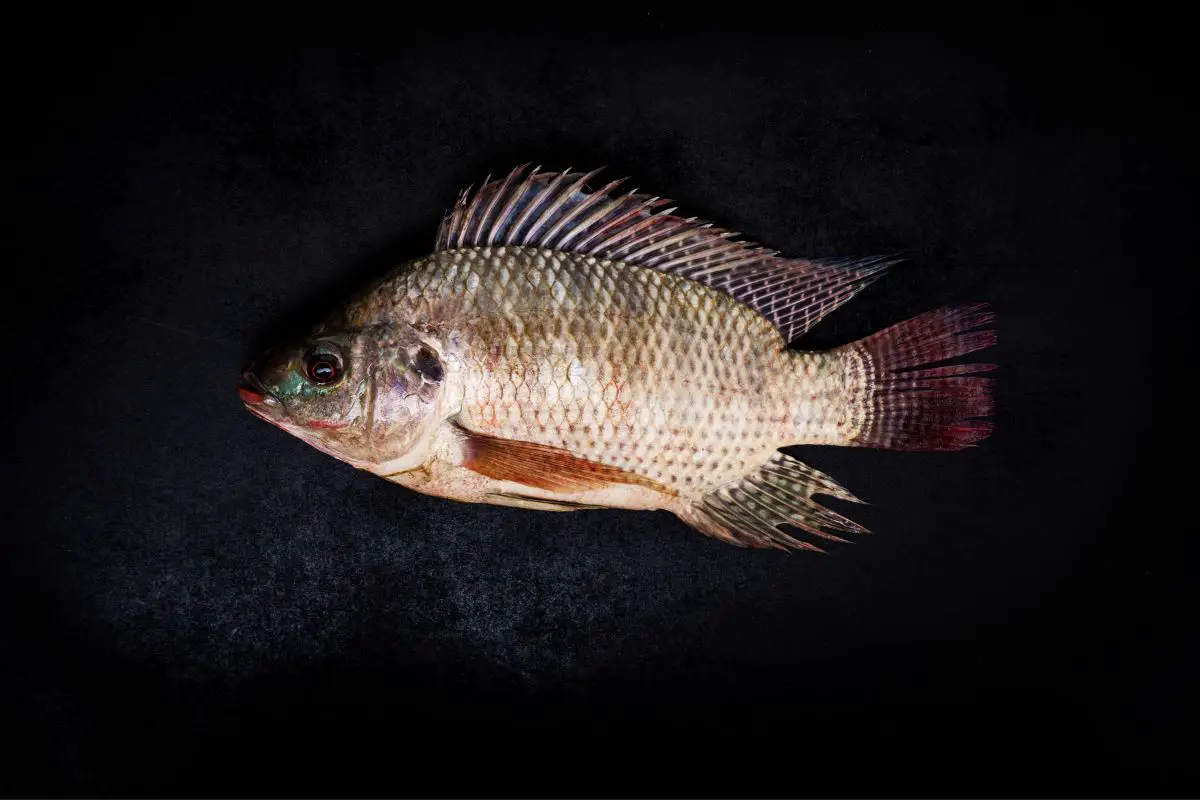
While you have probably eaten Tilapia, you may wonder what it has in common with the Mahi Mahi. Tilapia is native to the Middle East and North African coast. It has become popular and is navigating the South American coast because of the tropical temperatures.
Like Mahi Mahi, the Tilapia is heavily farmed and used worldwide as a primary fish protein. Depending on where in the ocean you find Tilapia, it could be in a few colors; red, black, or blue. Mahi Mahi, however, is always the same color when you find it in the ocean.
7. Rainbow Trout
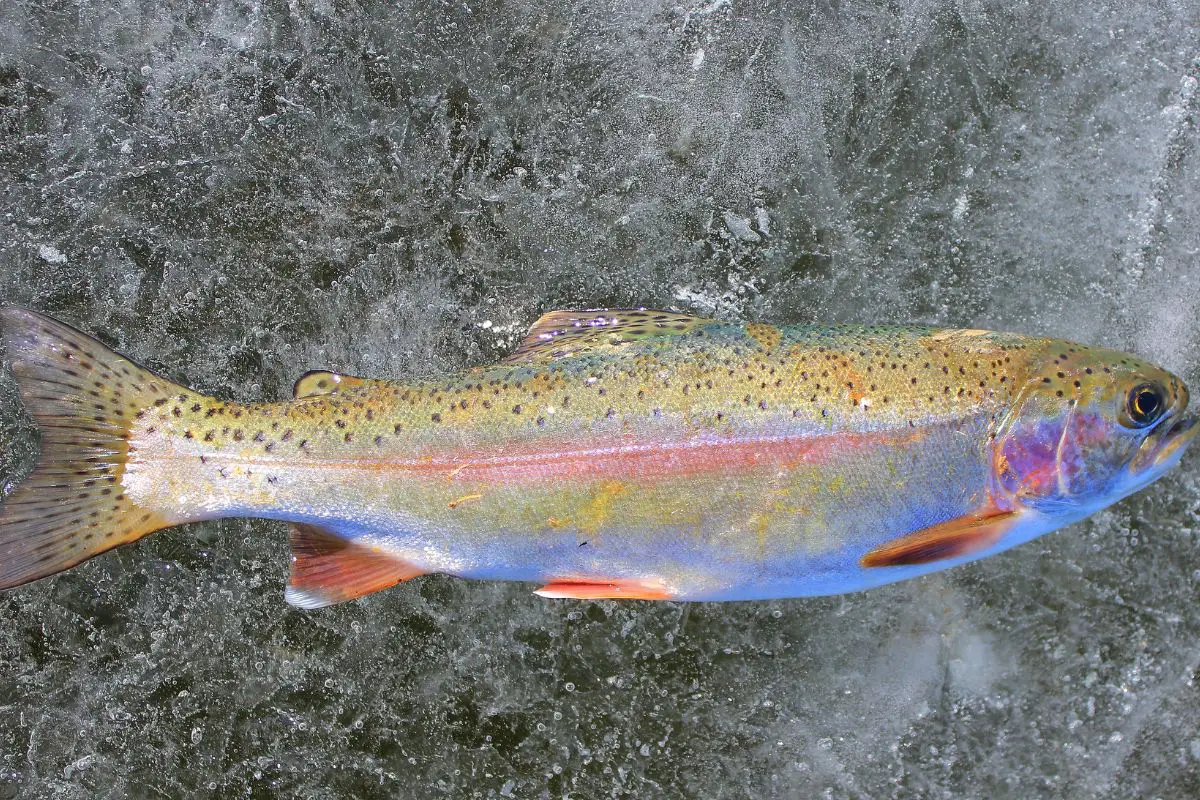
Unlike Mahi Mahi, the Rainbow Trout is not a saltwater fish. It is found in rivers and tributaries around North America; when it is cooked, however, it takes a similar texture and taste to Mahi Mahi, making it hard for those eating it to know the difference. They do share a similar habitat feature in water temperature.
The rainbow trout prefer moderate freshwater like the Mahi Mahi prefer moderate ocean water.
8. Striped Bass
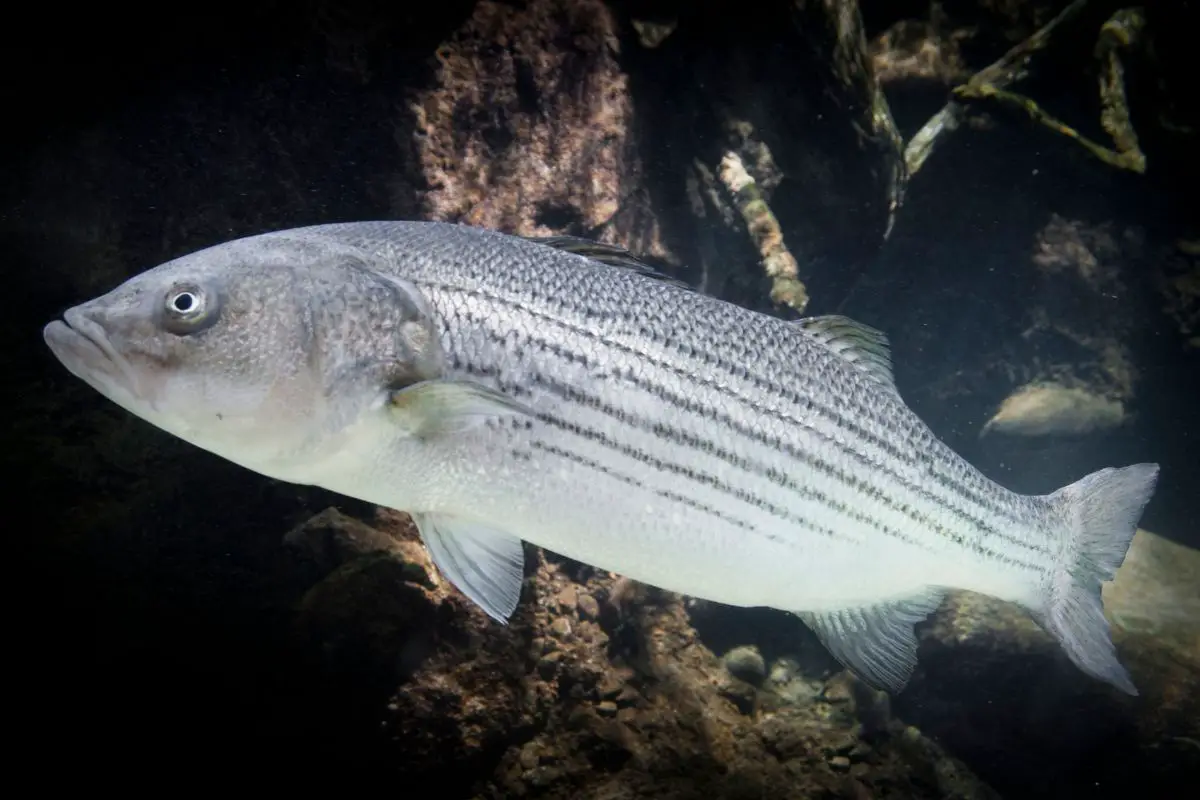
Explicitly located in the Eastern part of North America is the striped bass. It is so named for the striped lines that run horizontally along the body. They are similar to Mahi Mahi by carrying a diet of small fish and preying on crabs and worms at the bottom of the ocean.
There is some more prominent bass, reaching up to 6 feet and over 100 pounds. This is bigger than the Mahi Mahi in double the size and weight. It is a colorful fish like the Mahi Mahi, carrying brown, blue, olive, green, and black colors.
Striped bass is one of the more desired fish on the market, just like Mahi Mahi.
9. Chilean Sea Bass
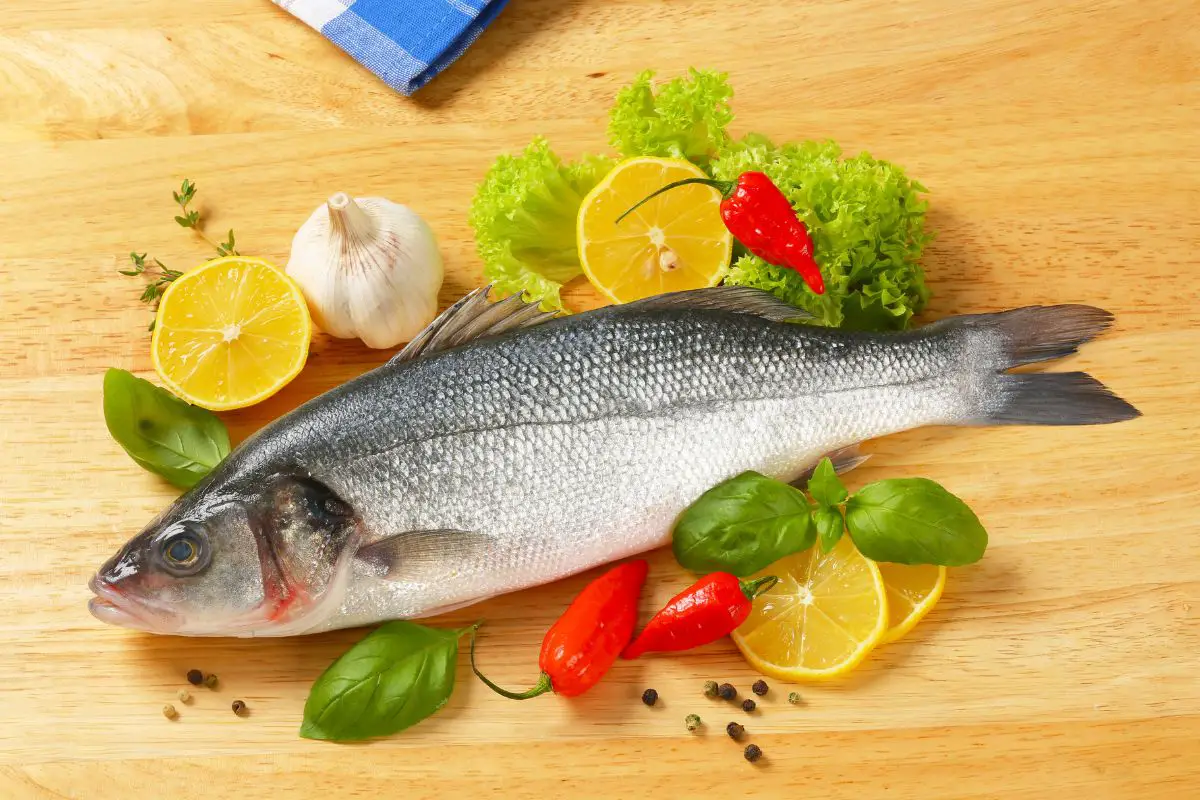
Finding fresh filets of the Chilean Sea Bass is a delicacy, just like the Mahi Mahi. This fish is found in the same ocean as the Mahi Mahi, but a lot more south. It prefers cooler temperatures but will sometimes migrate to the middle of South America.
When cooked, it is flaky and white, which is the exact character of the Mahi Mahi. In the ocean, the Chilean sea bass can live to be nearly fifty years old and get as long as seven feels. That is double the size of the Mahi Mahi.
However, it does not weigh as much as the Mahi, coming in at about half the weight of 15 pounds.
10. Snook
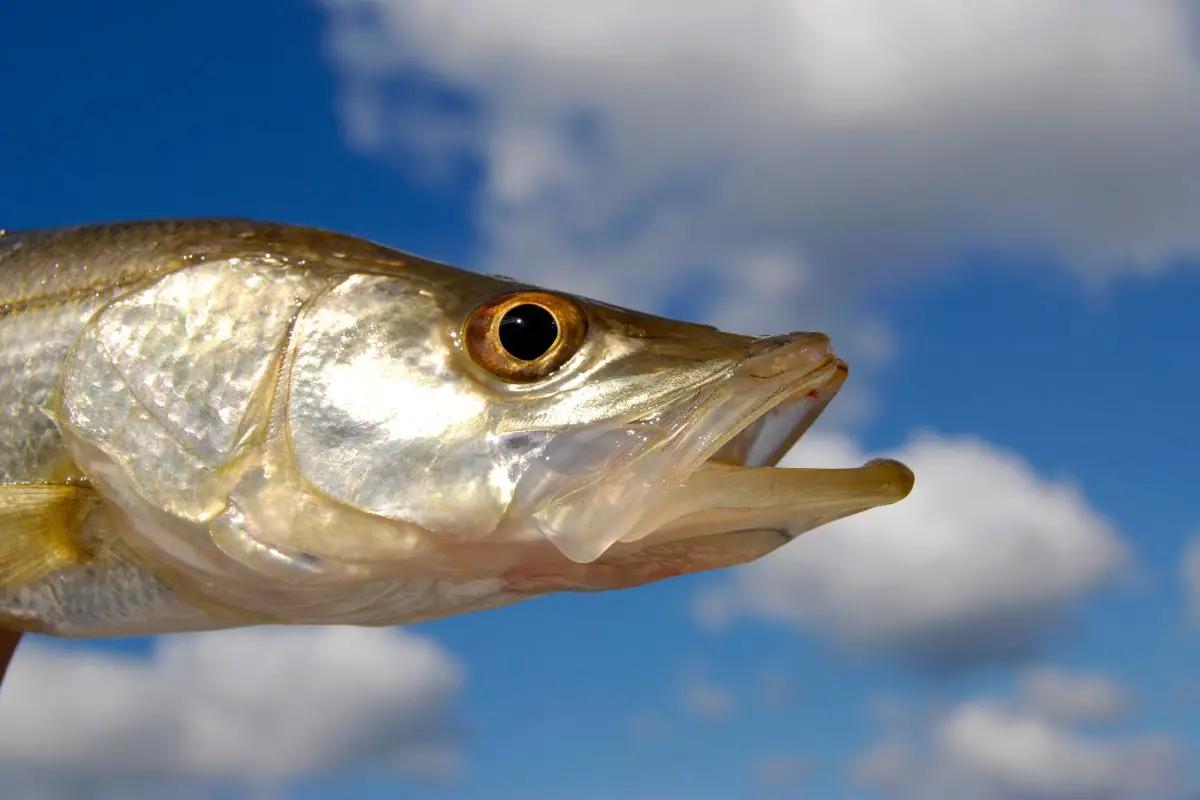
Like the Mahi Mahi, the Snook is a slender fish with fins. You can expect the snook to get a little longer than the Mahi Mahi by about a foot when it reaches maturity. Like the Mahi, the Snook will dine on smaller prey in the ocean hiding in the sand and along the sandbar.
The Snook likes to call the Atlantic Ocean home but is found in similar waters as the Mahi on the other coast.
11. Flounder
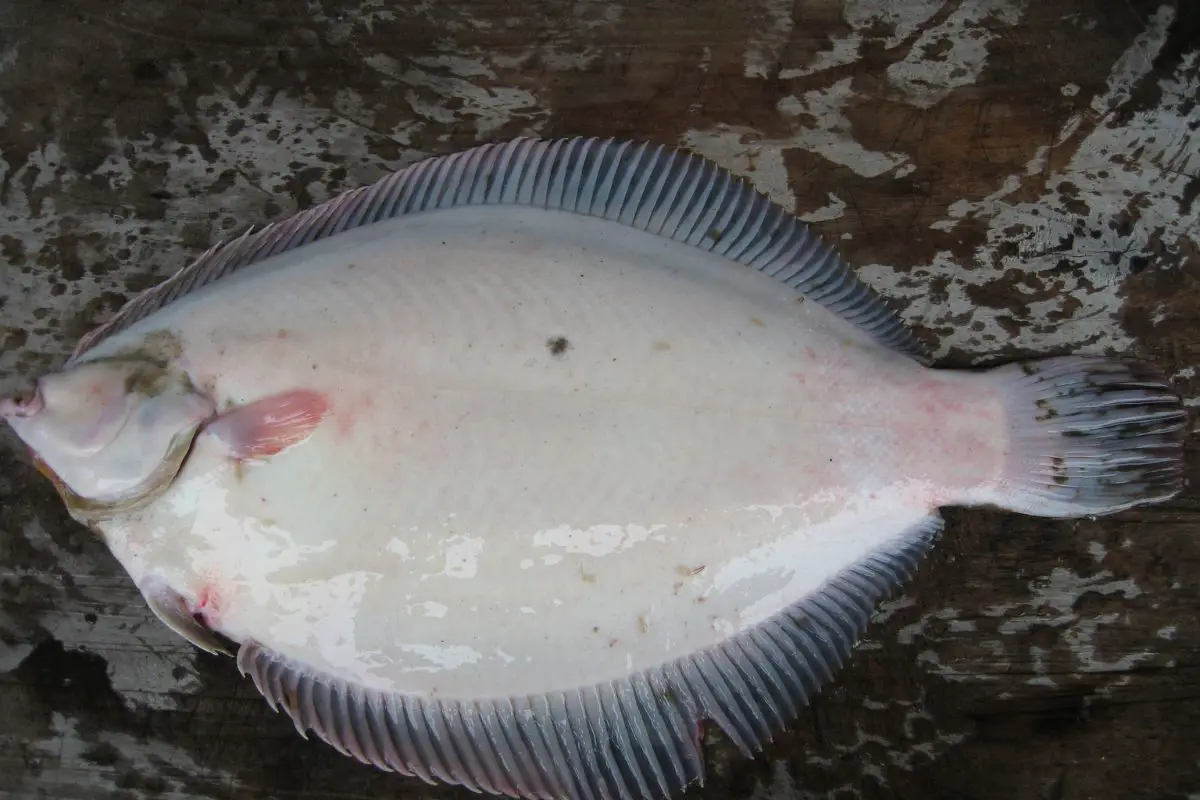
Another common flat fish, the Flounder, is similar to the Mahi Mahi regarding preference and taste. Those who enjoy Mahi Mahi often enjoy flounder as a substitute when the Mahi is not available. Also, like Mahi, the flounder is a carnivore and likes to do their swimming at night.
The Mahi is often times found to be nocturnal also. The flounder differs is how it attacks its prey by lying still and using its flatness as an opportunity. In recent years, flounder have started growing in the fish farming industry.
12. Haddock
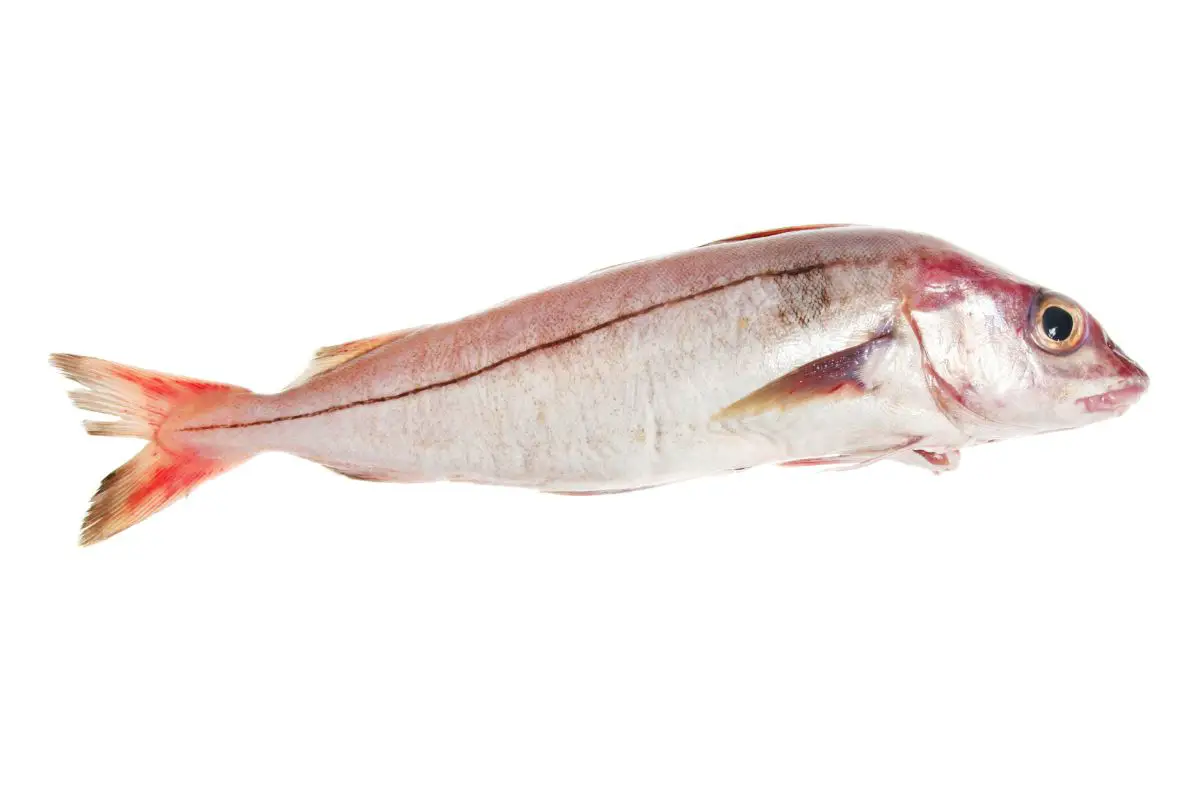
Like the Mahi Mahi, the Haddock tends to grow rather quickly. This is very different from most of the fish on this list. The Haddock grows to be the same length as the Mahi and is found in both the Atlantic and the Pacific Oceans.
They differ in the preference that Mahi Mahi has for the Pacific Ocean and the Haddock for the Atlantic. The haddock is a fast swimming fish, making it easy to enjoy small prey and plankton along the bottom of the ocean.
13. Snapper
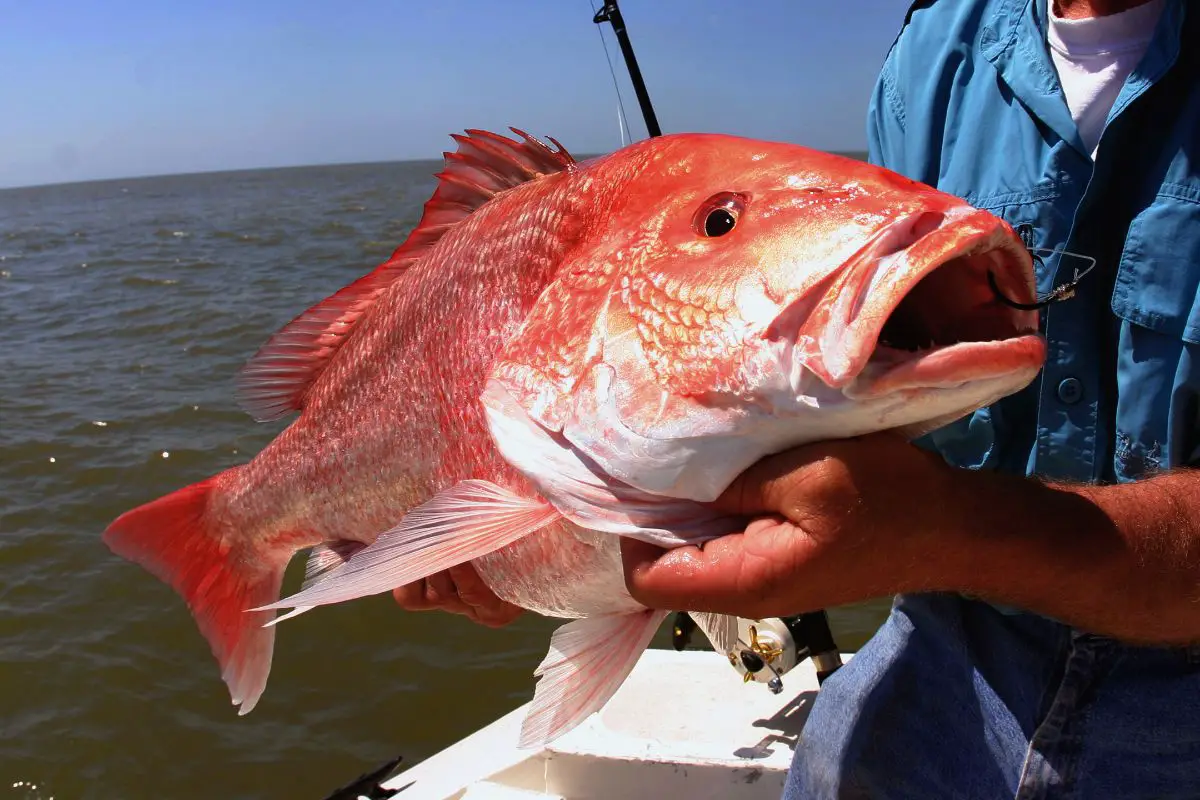
Bright red, the snapper is found in the Eastern part of North America and also down in the Gulf of Mexico. It doesn’t grow too fast like Mahi, but it doesn’t grow slow either. When it is at its maturity level, it can be around 50 pounds and be between three and four feet long.
Unlike the Mahi, they have large canine teeth that are visible and are the namesake of the fish. While Mahi only lives about five years, the Snapper can live to be 50.
14. Perch
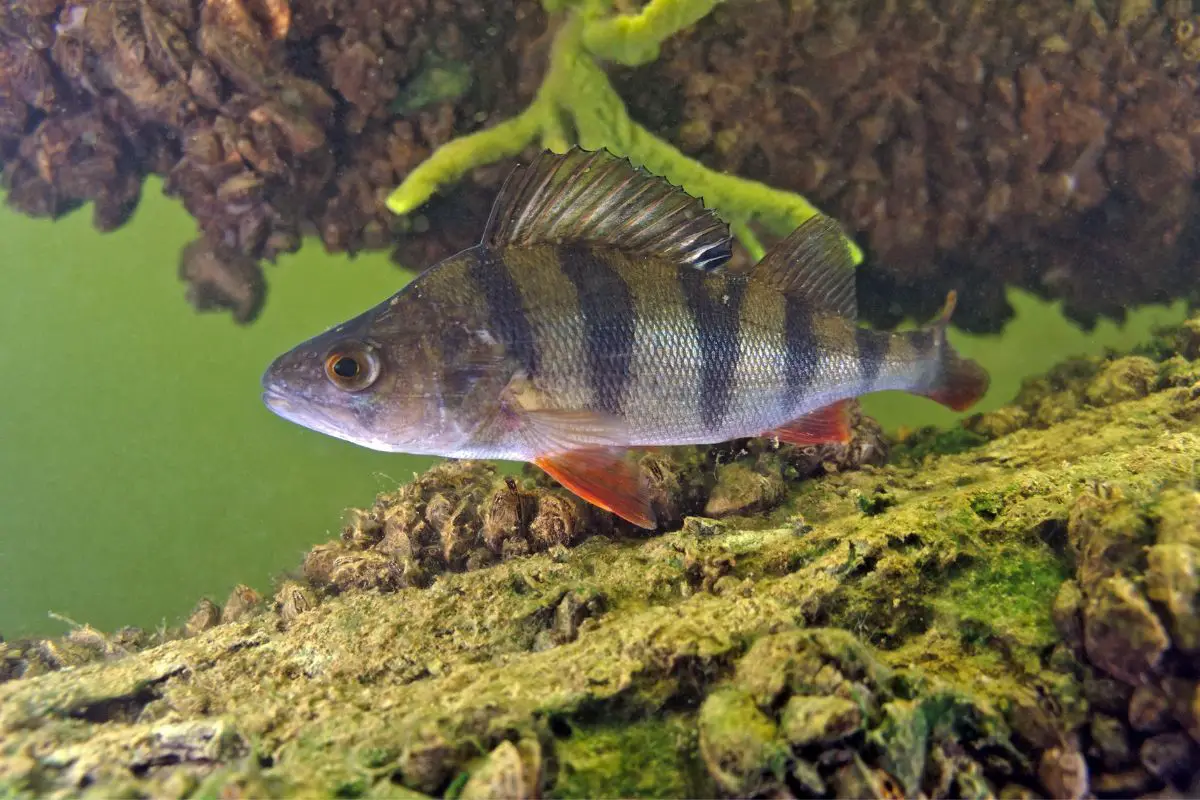
Another fish on this list of being similar to the Mahi Mahi is the freshwater Perch. Off the top, they are different because of the type of water they each grow in. However, they are similar because they are both fished for sport, Perch in the rivers and ponds, while Mahi Mahi is hunted by ocean fishermen.
They are very colorful, like the Mahi Mahi, but they have a diverse color pattern. Keep in mind that these fish are also carnivores but do not have access to crab and saltwater prey like Mahi. They feed off of smaller fish and algae.
15. Mackerel
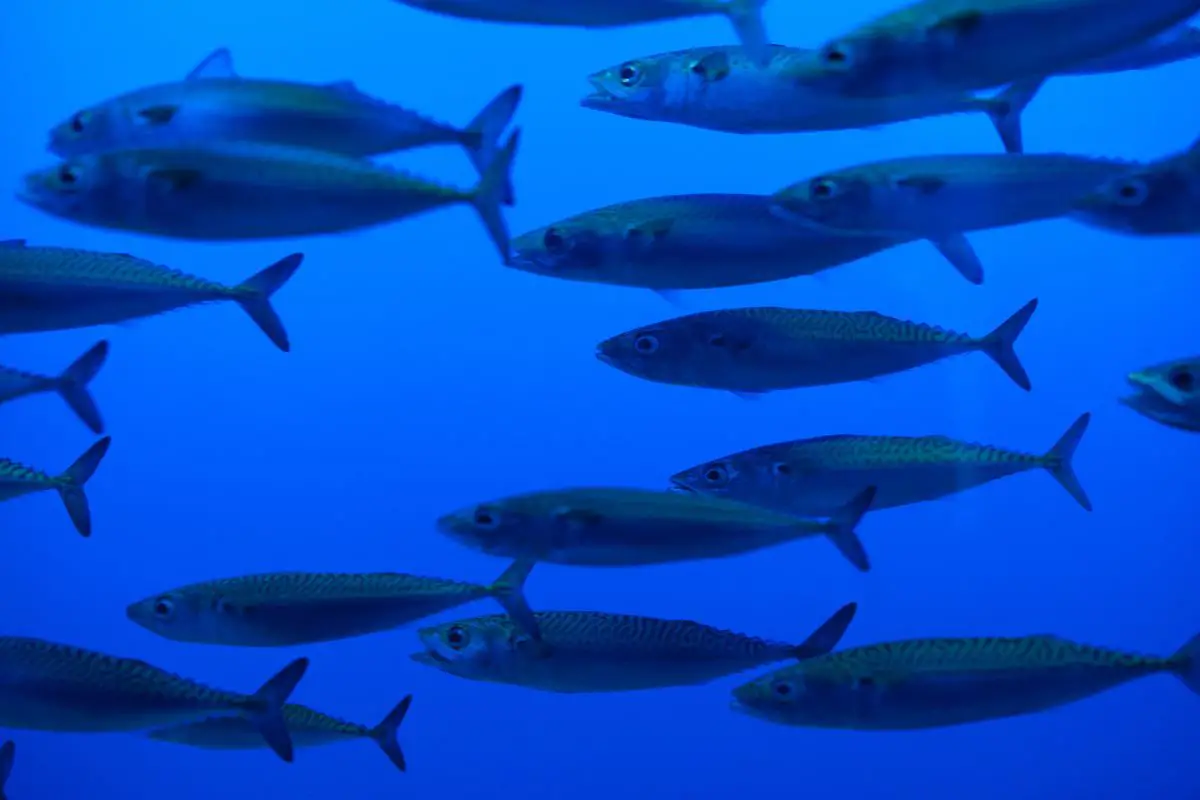
There are several types of Mackerel, which is more than what the Mahi Mahi have when it comes to different types of fish. These mackerels are also found worldwide, living in different oceans and having a few different features in each place. Like the Mahi, the Mackerel, in most cases, has a similar temperature tolerance.
This is found before the Mahi before enjoying slightly warm or cool temperatures, but not freezing. The mackerel is also a carnivore like the Mahi, but it prefers anchovies as its delicacy and main meal.
16. Alaskan Pollock

Another fast-growing fish in the Pacific Ocean is the Alaskan Pollock. This fish is another moderately growing fish that differs from the fast-growing Mahi. Also, with the Mackerel as far north as Alaska, it is safe to say that it does have a higher tolerance for colder weather.
They do not weigh much, making them just a few pounds at maturity.
17. Arctic Char
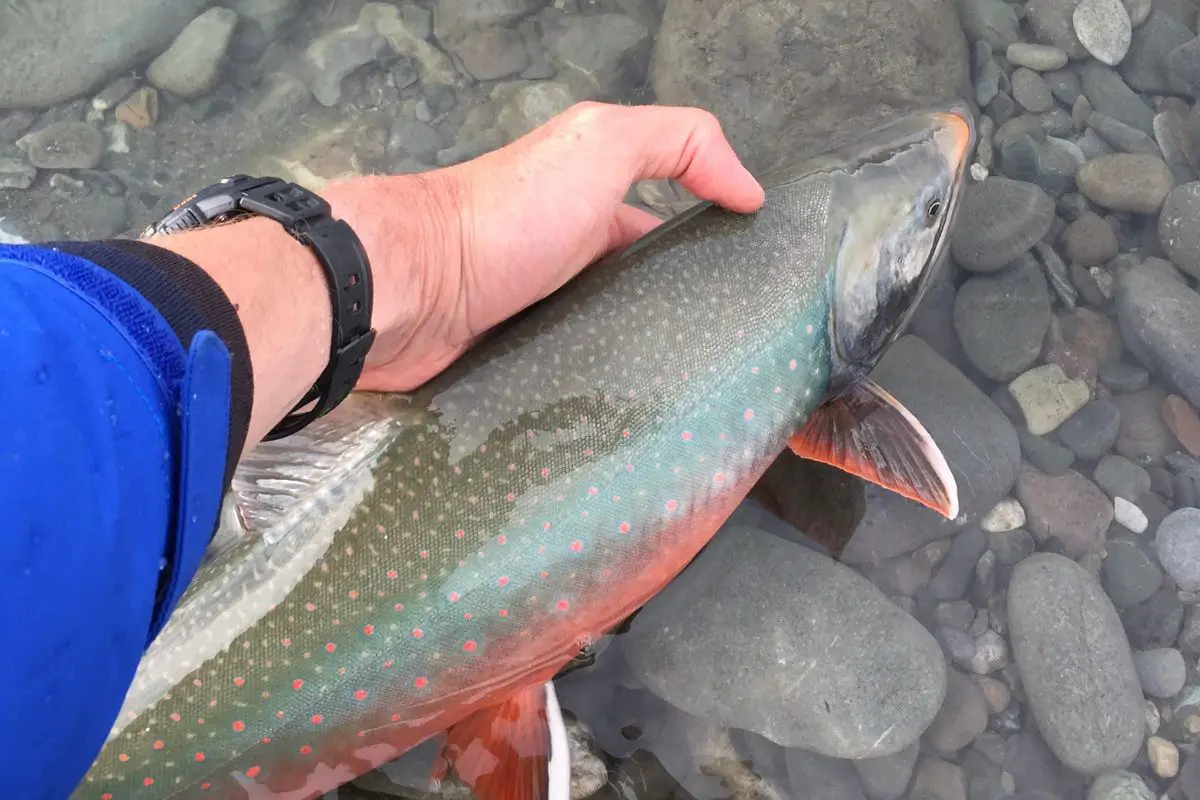
Enjoying some of the coldest of winters is the Arctic Char. This fish is often used as a substitute for other fatty fish across the country and is prepared with various seasoning blends. The Arctic Char is similar to the Mahi Mahi in color, with the blue starting at the top with the fin.
It is usually half the size of a Mahi, around fifteen pounds at the biggest, and getting up to three feet is pretty common for the length. They live to be anywhere from eight to ten years, much more than what the Mahi is living for these days.
18. Herring
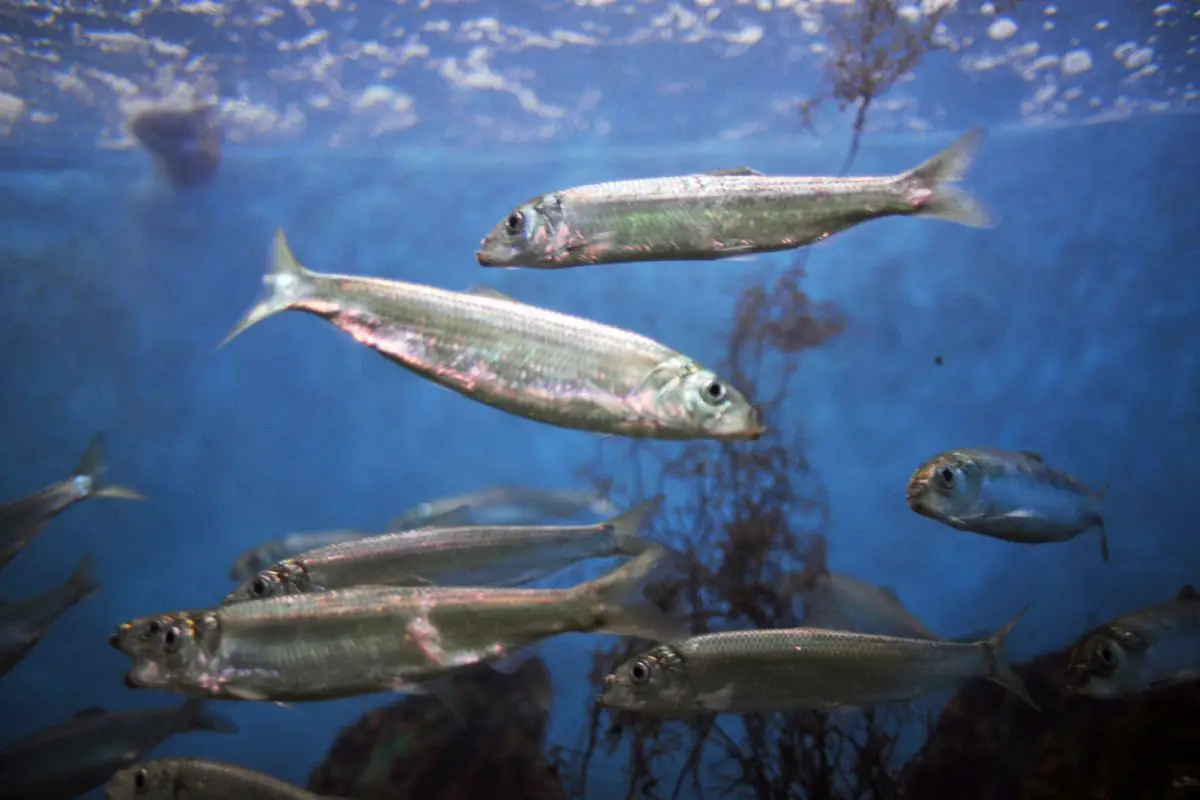
The scales o the Herring differ from the Mahi Mahi scales in terms of color and style. The Herring has loose scales but does carry a similar color blend to the Mahi Mahi. While it is a bit diluted and still white on the fish, the colors went from blue to gold like the Mahi.
These fish also differ from the Mahi and the other fish on this list, taking advantage of schools of fish. This is done as a defense and a way to stay protected from larger predators. The lifespan of the Herring is different based on the males and females.
Most male fish will die after reproduction, and the females can live up to 20enty years.
19. Rockfish
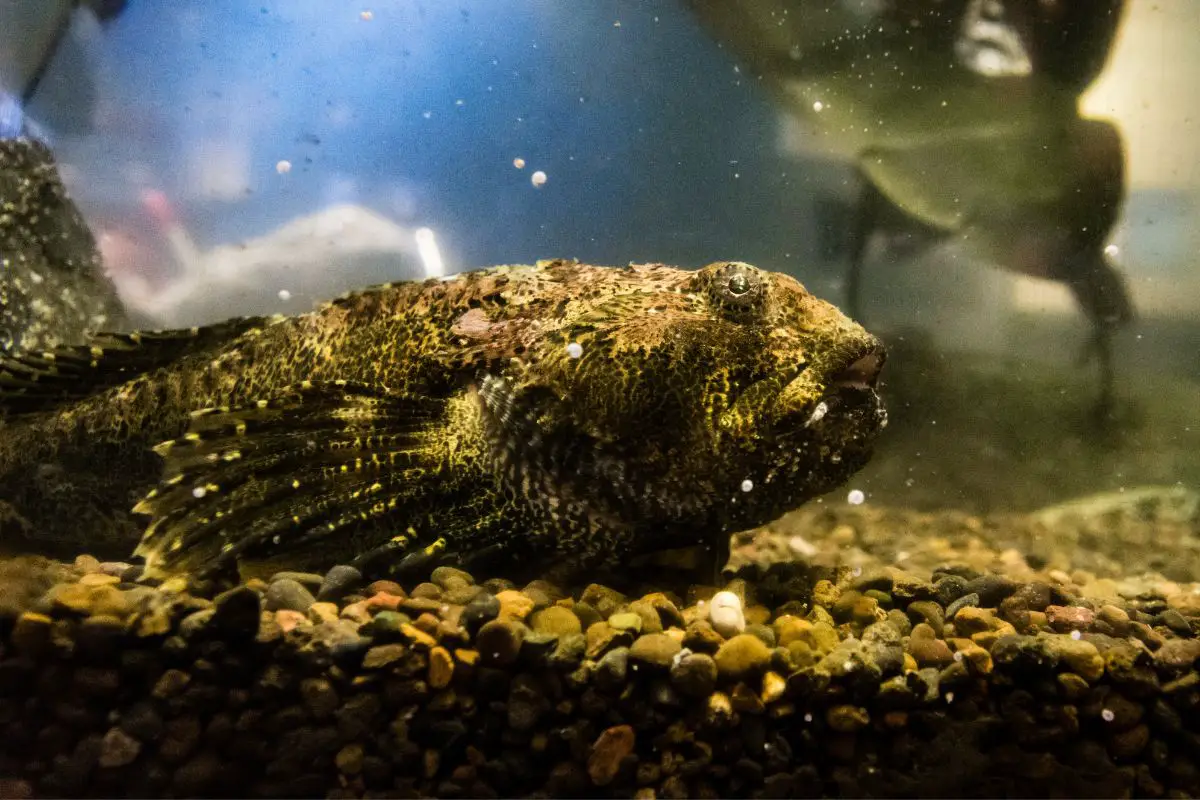
A huge and meaty fish in the ocean, the rockfish is like the Mahi, only growing to about three feet long. This fish is a carnivore like the Mahi. The rockfish is native to the Aleutian Islands and the Bering Sea.
It is not a heavy fish, but it is one of the fastest swimming fish looking to avoid trouble. The lifespan of the rockfish is significant, expecting them to live for another 100 years. This fish is full of protein and is becoming an addition to fish farming across the country.
20. Swordfish
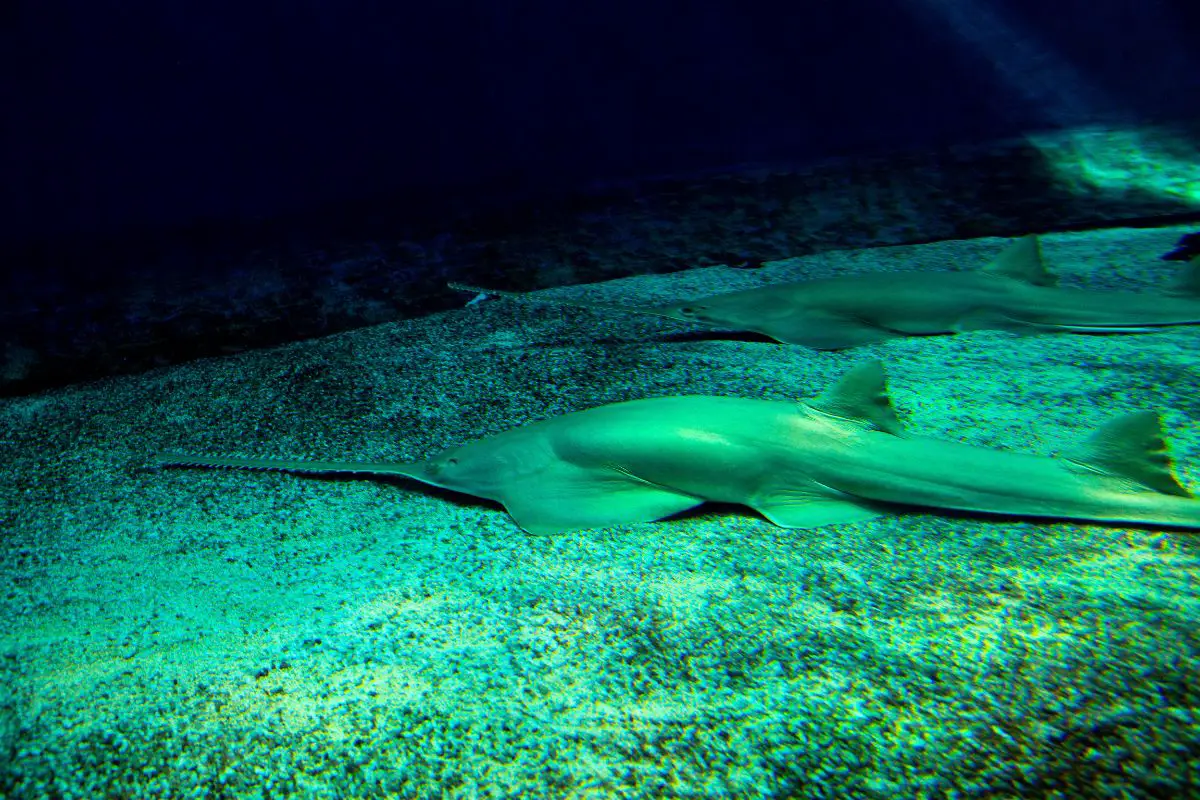
A truly meaty fish, the swordfish is filled with a natural meaty texture. These fish look much different from the Mahi Mahi, as they have a broadbill on the front in the shape of a turtle. That is not something that most fish have a defense against.
The swordfish are also carnivores, with the possibility of eating small swordfish or other small Mahi Mahi fish. The swordfish prefers the deep ocean waters around the world. At maturity, a swordfish can easily be 1000 pounds and be approximately 15 feet, which you may not have expected.
If you see swordfish by the coast, they are probably in the mating season or preparing for it.



